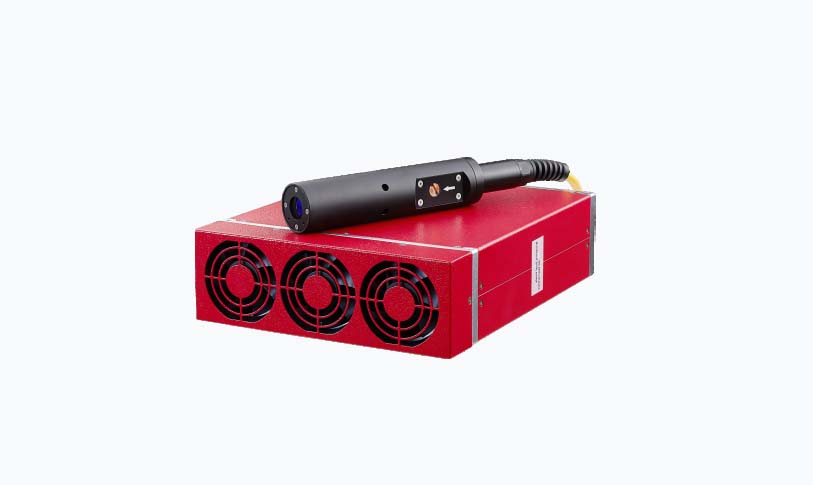
Exploring the Revolutionary IntraLase Laser: Transforming Vision Correction with Precision and Safety in Eye Surgery
****
In today’s world, where technology drives advancements in various fields, medicine is no exception. One of the most significant breakthroughs in ophthalmology has been the introduction of the IntraLase laser technology for vision correction surgeries. This innovative approach has changed the landscape of laser eye surgery, primarily LASIK (Laser-Assisted In Situ Keratomileusis). With improved precision and safety features, IntraLase laser has become a popular choice for those seeking to enhance their vision.
The most notable aspect of the IntraLase laser is how it revolutionizes the entire LASIK procedure. Traditional LASIK surgery typically involves using a mechanical blade to create a flap on the cornea. However, the IntraLase technology replaces this blade with a highly advanced femtosecond laser that generates a precise, uniform flap with minimal risk. This laser works by emitting rapid bursts of energy that create microscopic bubbles beneath the corneal surface, which eventually form a flap when they come together.
One of the significant advantages of the IntraLase laser is the precision it offers. Compared to the mechanical microkeratome used in traditional LASIK procedures, the IntraLase system allows for more consistent flap thickness, which is crucial for achieving optimal visual results. This accuracy leads to a lower incidence of complications, including issues like irregular corneal curvature or flap dislocation, which can sometimes occur with traditional methods.

Exploring the Revolutionary IntraLase Laser: Transforming Vision Correction with Precision and Safety in Eye Surgery
Moreover, the IntraLase laser is safer for patients with thinner corneas. In the past, individuals with less corneal tissue were often ineligible for LASIK surgery due to the potential risks involved. However, with the precision of the IntraLase laser, surgeons can create thinner flaps, allowing patients with previously unsuitable corneal characteristics to undergo the procedure safely. This opens the door for many individuals who wish to improve their vision without the continual reliance on glasses or contact lenses.
Patients often express concern about pain and discomfort associated with eye surgery, and IntraLase helps alleviate some of those fears. The procedure is designed to be relatively quick and minimally invasive. Most IntraLase LASIK surgery takes around 15 minutes per eye, and many patients report feeling little to no pain during the procedure. The advanced technology ensures that the process is as gentle as possible, reducing the discomfort and anxiety that can sometimes accompany surgical interventions.

Exploring the Revolutionary IntraLase Laser: Transforming Vision Correction with Precision and Safety in Eye Surgery
Post-operative recovery is typically swift for patients who undergo IntraLase LASIK surgery. Many individuals notice an improvement in their vision almost immediately after the procedure, with many achieving 20/20 vision or better within a day or two. Additionally, follow-up visits are often brief and uneventful, with most patients returning to their regular activities within a short period.
Despite its numerous benefits, patients should be aware that IntraLase laser is not suitable for everyone. A thorough pre-operative evaluation is essential to determine if an individual is a good candidate for LASIK surgery. Factors such as age, overall eye health, and the presence of certain eye conditions can influence the decision. It’s crucial to consult with a qualified ophthalmologist who can provide personalized advice based on a comprehensive assessment.
As with any medical procedure, potential risks and side effects must be considered. While the IntraLase laser has significantly reduced the chances of complications, patients may still experience dry eyes, glare, halos, or fluctuations in vision, especially during the initial healing phase. However, with proper care and adherence to post-operative instructions, these issues are often manageable.
In summary, the IntraLase laser represents a remarkable advancement in the field of vision correction. Its precision, safety, and patient-friendly attributes make it a leading choice for LASIK surgery. With continued research and technological developments, the future of ocular health and vision correction looks promising, potentially improving the lives of millions who seek a life free from glasses and contact lenses. As technology continues to evolve, patients can expect even greater outcomes and enhanced experiences in vision correction procedures.laser co2 100w



